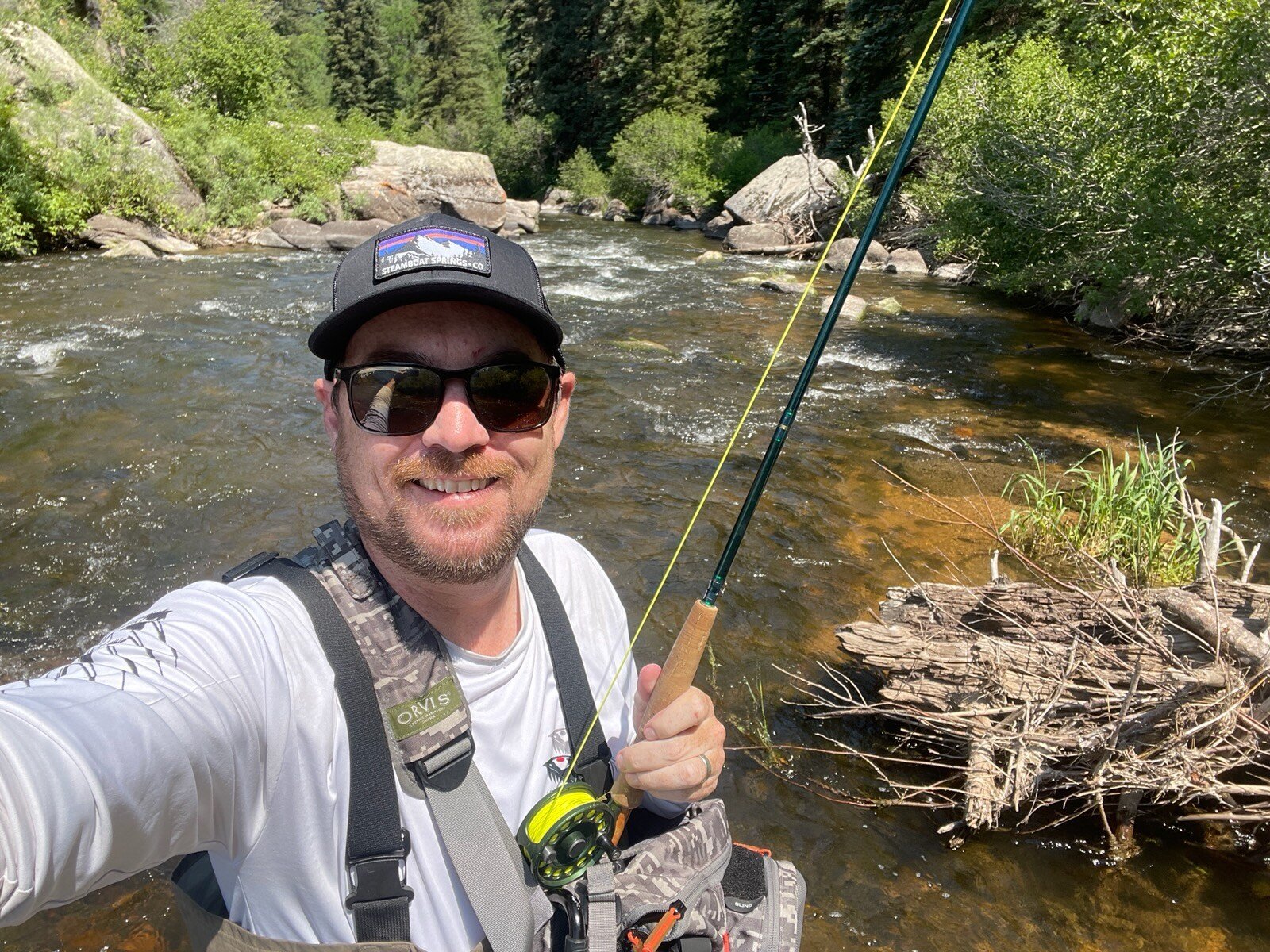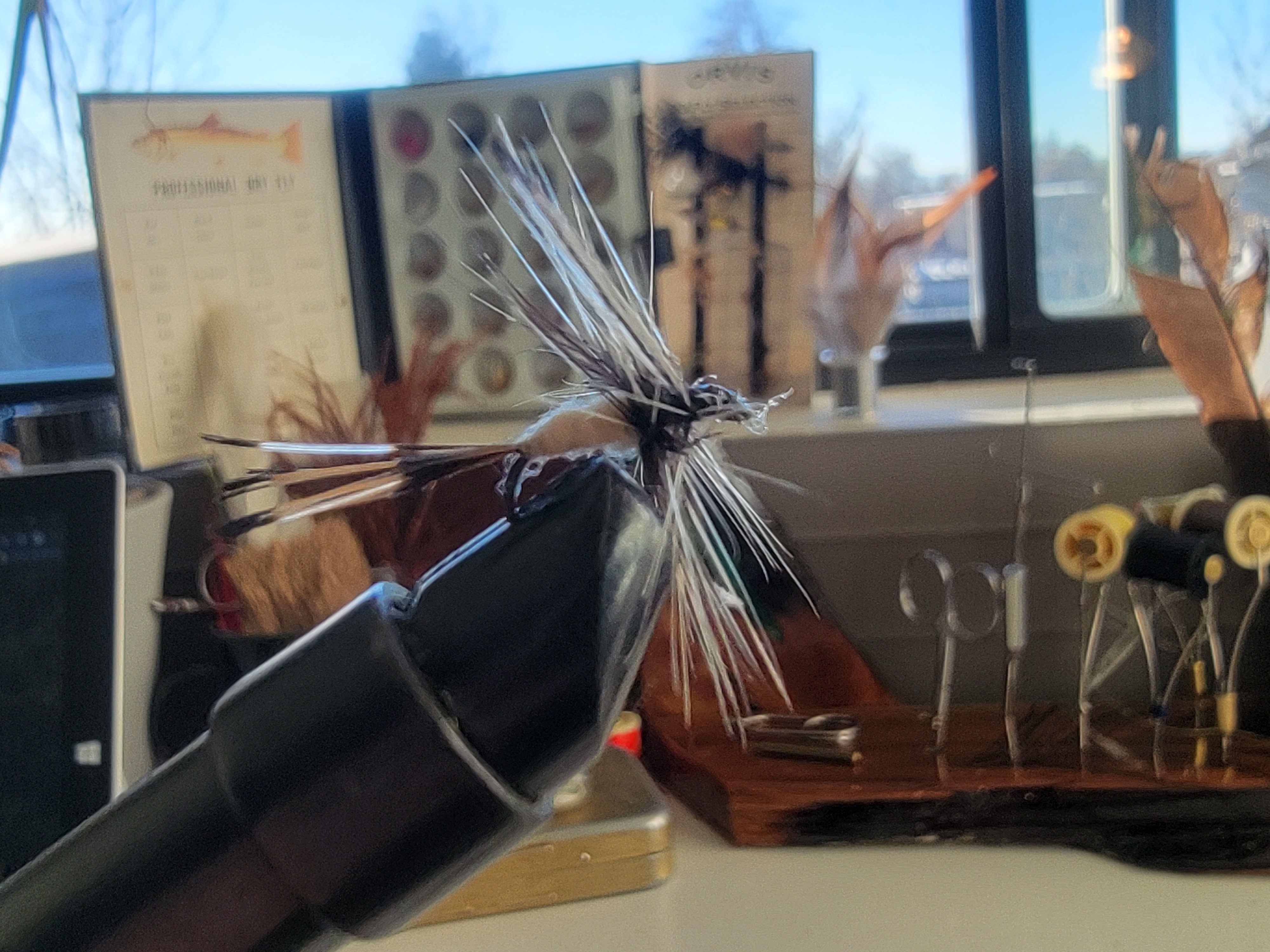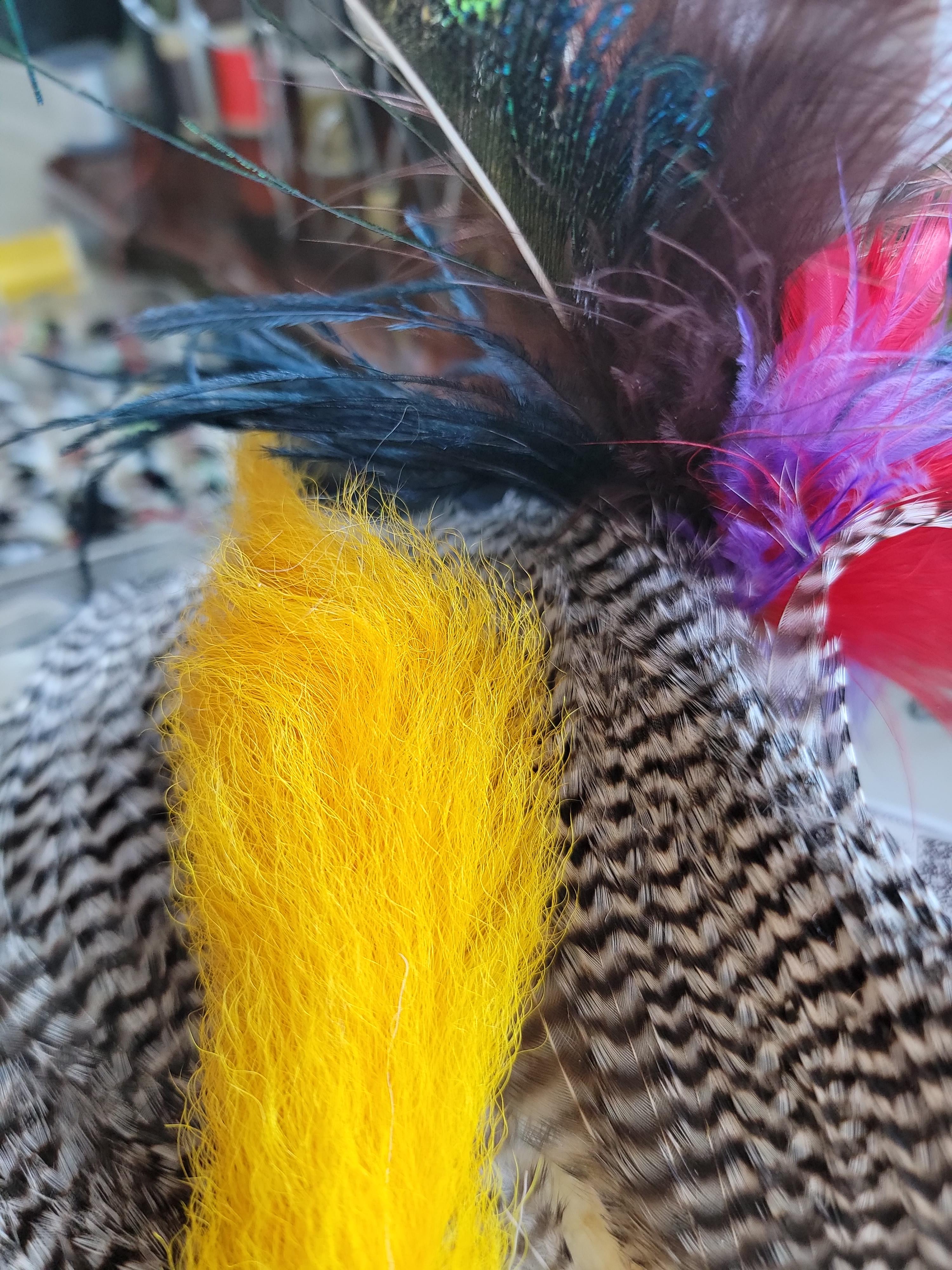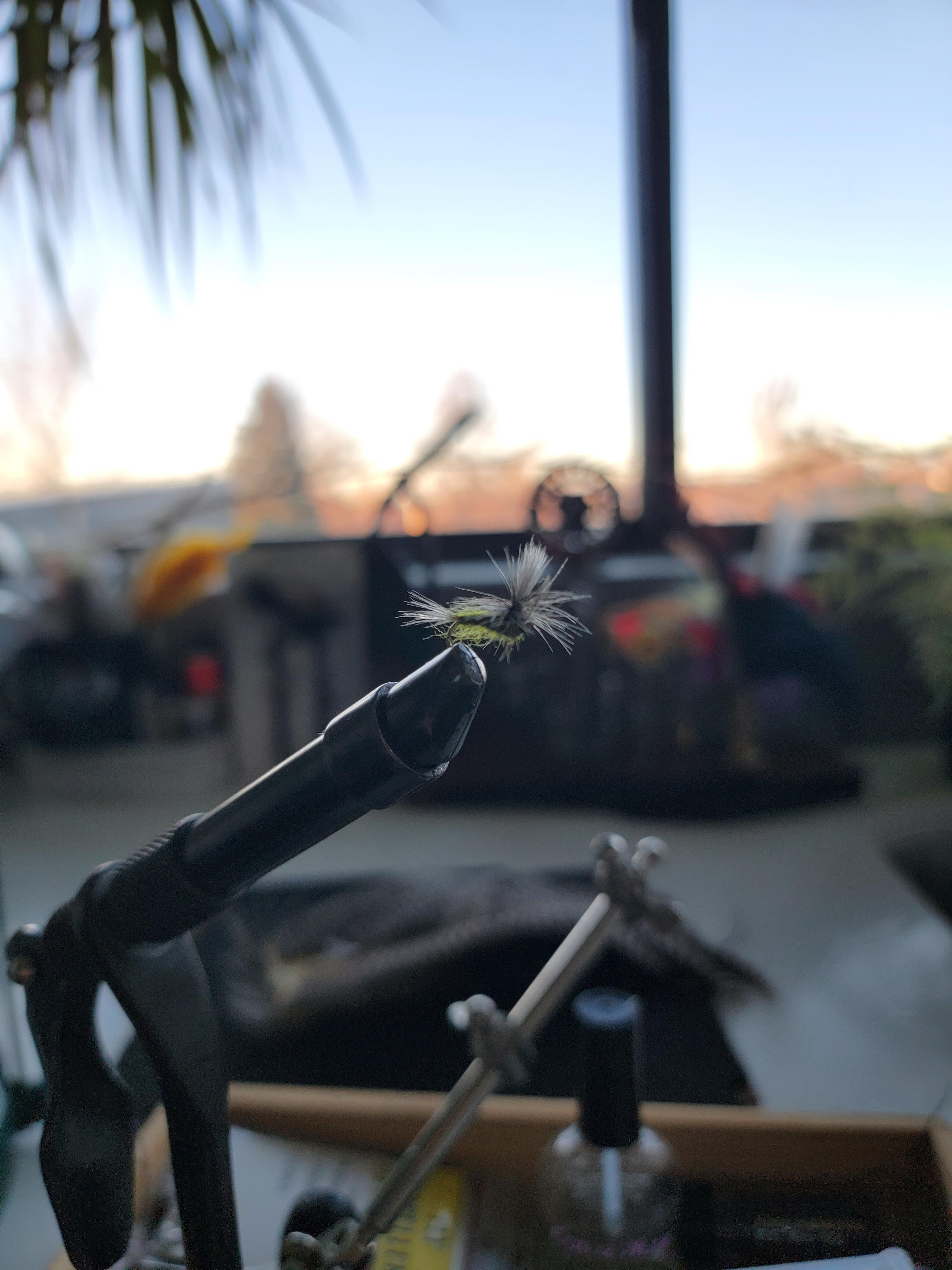Master the art of fly-tying with these essential tips and tricks to help you get started on your fly-tying journey.
Selecting the Right Materials

When it comes to fly tying, choosing the right materials is key to crafting flies that are both effective and lifelike. From feathers to fur to synthetic fibers and threads, the possibilities are endless. Feathers are perfect for wings and tails, while fur adds texture to bodies and legs. Synthetic fibers like nylon or acrylic are great for creating flashy and durable flies. Threads play a crucial role in securing materials and creating tidy wraps.
Before you go shopping for materials, make sure to research the specific patterns you want to tie and note down the necessary materials. This way, you'll have everything you need to kickstart your fly-tying journey. Don't forget to consider the size and color of the materials, as they can make a big difference in how effective your flies are. Experimenting with different materials will help you find what works best for your desired fly patterns.
Essential Tools for Beginners
You will need a few essential tools to get started with fly tying. These tools will make the tying process easier and more efficient. Some of the basic tools include a vise, bobbin, scissors, hackle pliers, and a whip finisher. A vise is used to hold the hook securely in place, allowing you to work on the fly. A bobbin is used to keep the thread and make precise wraps. Scissors are essential for trimming materials and creating clean cuts. Hackle pliers are used to handle delicate feathers, while a whip finisher is used to secure the thread and finish off the fly.
As a beginner, investing in good-quality tools that will last and provide better control is important. Various beginner-friendly tool kits are available in the market, which include all the necessary tools to get started. It's also helpful to watch tutorials or take a class to learn how to use each tool and improve your tying skills properly.
Understanding Fly Patterns
Before you start tying flies, it's essential to understand fly patterns. Fly patterns refer to the specific design and arrangement of materials on a fly. Different fly patterns are designed to imitate specific insects or baitfish, each with unique characteristics and purpose. By understanding fly patterns, you can create flies that closely resemble natural prey and effectively attract fish.
To understand fly patterns, study different patterns and their corresponding insect or baitfish imitations. Please pay attention to the materials used, the order in which they are tied, and the techniques involved. This will help you better understand how different materials and methods contribute to the overall appearance and action of the fly. Additionally, the fishing conditions and the target species should be considered when selecting fly patterns. Certain patterns may work better in specific environments or for certain fish species.
Practice Makes Perfect
Like any skill, fly tying requires practice to improve and master. As a beginner, it's essential to dedicate time to practice and refine your tying techniques. Start with simple patterns and gradually work your way up to more complex ones. Focus on mastering the basic techniques, such as thread control, material placement, and whip finishing.
Practice tying flies regularly, even if it's just for a few minutes each day. This will help build muscle memory and improve your typing speed and accuracy. Don't be discouraged if your initial flies don't turn out perfect. Learning from mistakes is an important part of the process. Take the time to analyze your flies and identify areas for improvement. Seek feedback from experienced fly tiers or join a local fly-tying club to learn from others and receive valuable tips and advice.
Tips for Getting Started
Before you dive into fly tying, here are some additional tips to help you get started:
- Start with simple patterns: Beginning with simple patterns will allow you to focus on the basic techniques and build a strong foundation.
- Take it slow: Tying flies requires patience and attention to detail. Take your time with each step and ensure that each wrap and placement is precise.
- Watch tutorials: There are numerous online tutorials and videos available that can help you learn different tying techniques and improve your skills.
- Experiment with materials: Don't be afraid to try different materials and combinations. This will help you discover unique patterns and develop your style.
- Keep your workspace organized: A clean and organized workspace will make the tying process more enjoyable and efficient. Invest in a fly-tying desk or systematically organize your tools and materials.
- Enjoy the process: Fly tying is a creative and relaxing activity. Embrace the process and enjoy the satisfaction of creating your flies.
.png?width=300&height=100&name=Copy%20of%20Rise%20Beyond%20Logo%2012.31.24%20(300%20x%20100%20px).png)



